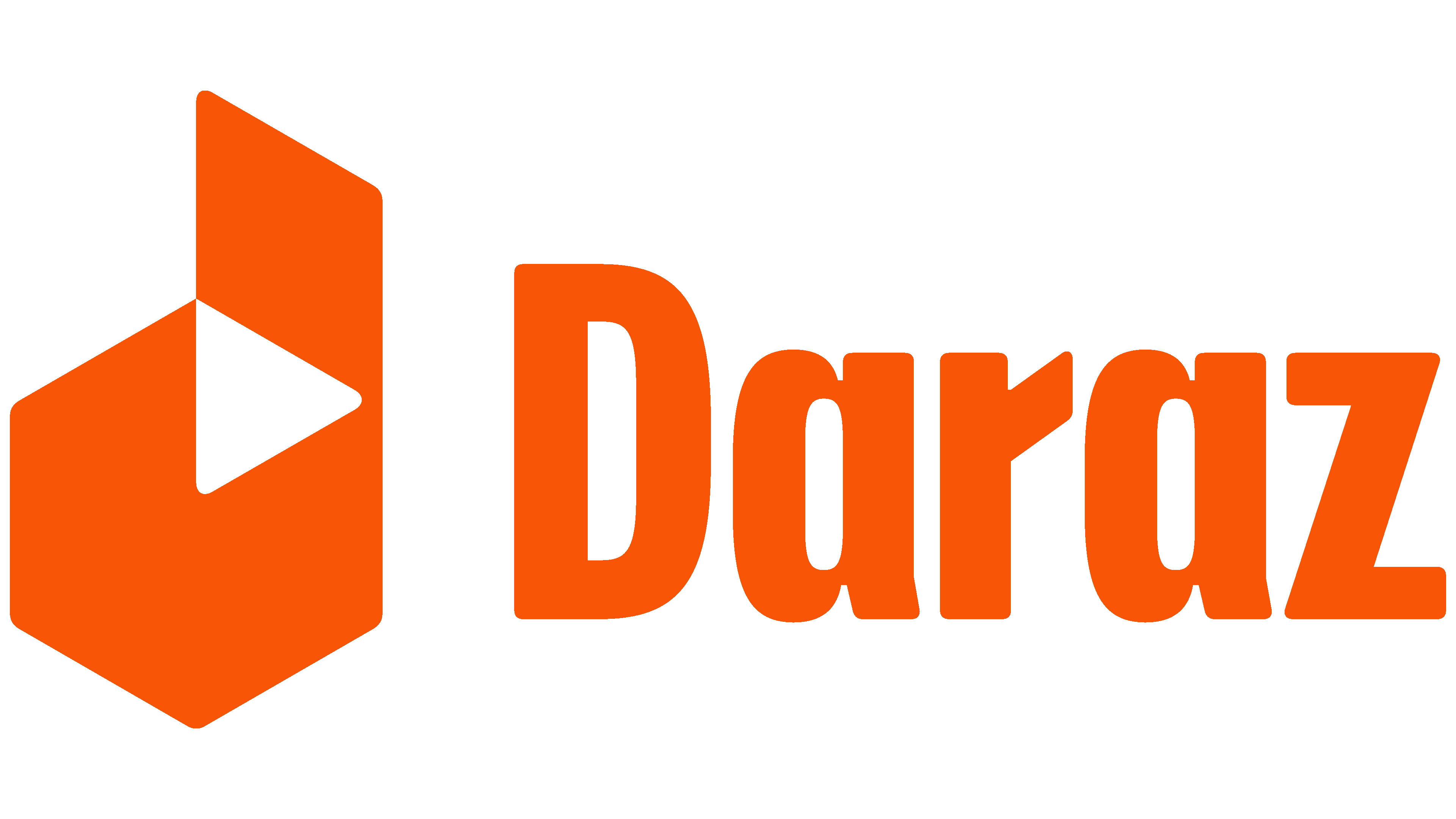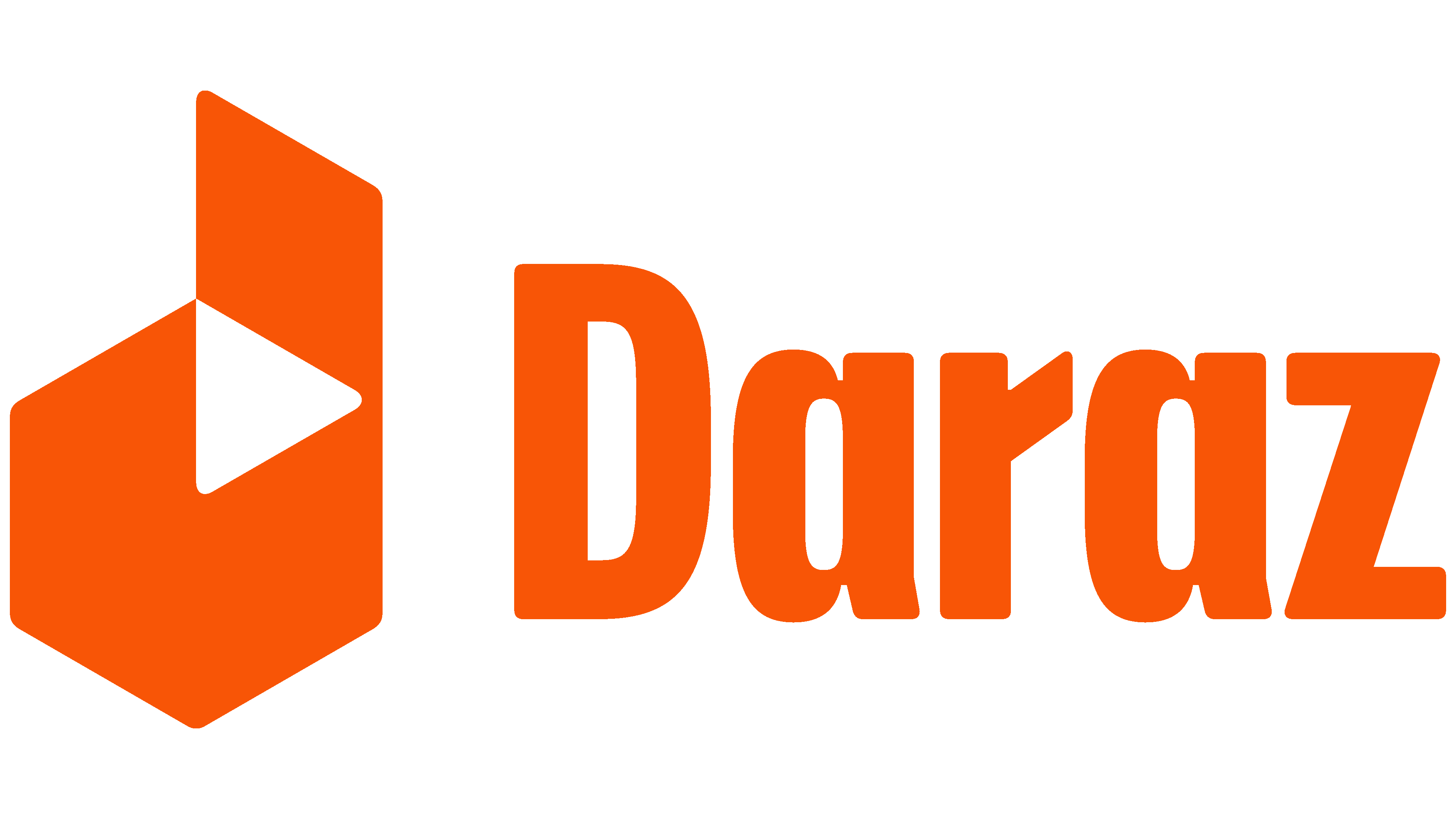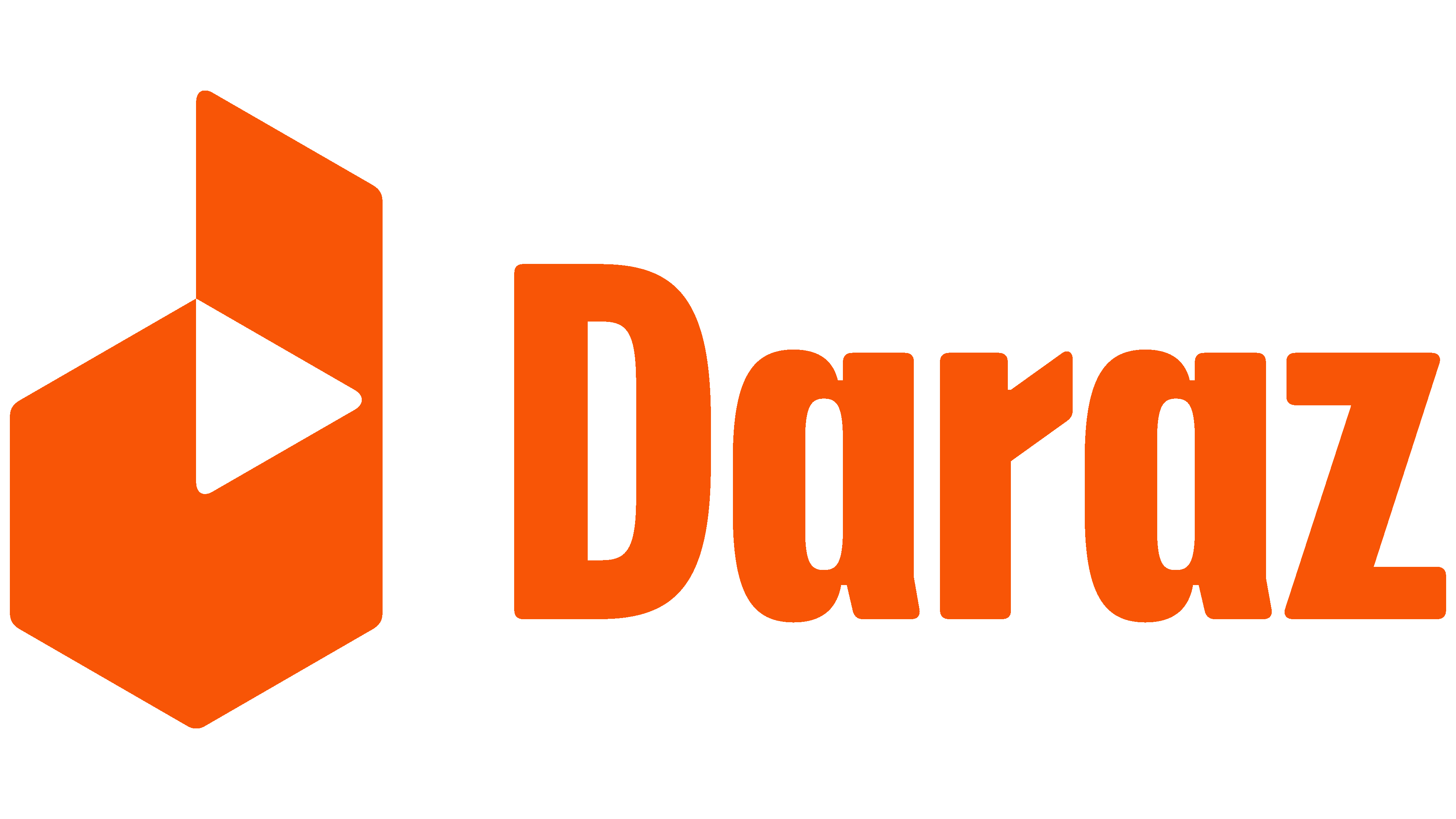Title Page
-
Site conducted
-
Conducted on
-
Prepared by
-
Location
Pre Start
-
Before turning on Inbound conveyor, Outbound Conveyor, Loading conveyor, and cross belt sorter, the supervisor has made sure that conveyor is cleared from any obstruction (equipment, human, parcels etc)
-
Before turning on the machine, Is the platform area cleared of any obstruction and areall the chutes labelled with their respective last mile hub names?
-
Before turning on the machine, are sack/fabric bags properly installed at all the chutes(including rejection chutes),and are placed on the hangers in such a way that they remain slightly above the ground ?
-
Before turning on the machine, are the seals, printer rolls and spare sack bags present near the chutes ?
-
Before turning on the machine, are all the printers on? (Check it from test print as well)
-
Before turning on the machine, is the WCS & WET opened on the main computer ?
-
Before turning on the machine, is human resource placed at Induct stations and are bins/cartons given to hold irregular shaped parcels at Induct station?
-
Before turning on the machine, is human resource placed at start of Inbound conveyor, chutes, and end of outbound conveyor ?
-
Before turning on the machine, is human resource placed at the end of loading conveyor? (for unloading the MUs on dock)
-
Before turning on the machine, is human resource placed at the end of each cluster (to pick up abnormally placed packages)
-
Before turning (and during operation) on the machine , Is supervisor placed to monitor the flow of packages on Inbound conveyor (to see no packages are being stuck)
-
Racks have been palced for secondary sorting
-
Overflow chute packages are being inserted back to the sorter via Inbound conveyor's beginning
-
Overflow chute MUs are marked by the employee standing at that chute (after the MU has been fulled and unloaded by the employee)
-
Whenever there is a red light on induct station, employees are resetting the station first before placing any next parcel
During Operation
-
Are the docks clear for parking the Inbound vehicle?
-
Are the pallets placed at Inbound for unloading the MUs from inbound vehicle?
-
Are the pallets placed at Inbound conveyor for placing the MUs (that are to be loaded on Inbound conveyor)?
-
Are the pallets placed at the end of Outbound conveyor? (for unloading the outbounded MUs of the machine)
-
While loading on Inbound conveyor, only nonbulky parcels are being loaded? (Till BOX.003)
-
Parcels greater than BOX003 are being placed at semibulky area
-
Before placing the packages from Inbound conveyor on Induct station, employees who are placed at Induct stations have login their credentials in the system
-
Before placing the packages from Inbound conveyor on Induct station, Employees placed at Induct stations have cleaned the scanner from dust
-
Before placing the packages from Inbound conveyor on Induct station, Employees placed at Induct stations have switched on the key of their respective Induct Station
-
Before placing the packages from Inbound conveyor on Induct station, Employees placed at Induct station have turned on their station (Startup)
-
Before placing the packages from Inbound conveyor on Induct station, Employees placed at Induct station have made sure that their station light has turned green
-
Irregular shaped parcels (coming inside MUs) are being stopped at Induct stations (Refer to SOP)
-
Very light weight parcels (less than 1020g), whose weight cannot be captured by the automated sorter, are being stopped at Induct stations
-
Employees are using guide board to place the parcels on the induct station
-
Employees at Induct station are making sure that AWBis not kept on downside
-
While placing boxes on the induct station, employees are making sure they are placing them with the correct orientation (BOX to be placed horizontally with it's largest surface sitting on the induction belt). Boxes should not be loaded vertically
-
On chutes, Employees are pressing the green consolidation button only when the sack/fabric bag is filled (indicated via yellow light of that particular chute)
-
If the sack bag is not filled and yellow sensor on any chute is lighten up, then employee responsible for that chute is looking into the matter and clearing the yellow light
-
After sack bag is filled, employees are pressing the green consolidation button
-
After pressing the green consolidation button, employees are then unloading the filled MU sack/fabric bag from its hangers
-
Before loading the filled sack/fabric bag on Outbound conveyor, Employees are applying seal on the filled sack bag
-
Before loading the filled sack/fabric bag on Outbound conveyor, Employees are pasting the MU label on the sack bag (MU label is to be obtained from the printer which is allocated to particular set of chutes)
-
As soon as the filled sack/fabric bag is consolidated (via pressing green button) and unloaded from the chute hanger, another empty sack bag is immediately applied on the same chute (do not wait to apply seal and MU label on the filled back which you have just unloaded, this will save time of chute lock)
-
Once the empty sack bag is applied, the chute is then reset, (by pressing yellow button)
-
Employees placed at Outbound conveyor's end are unloading the MUs from outbound conveyor onto pallets
-
MUs are unloaded from outbound conveyor to pallets according to the labelling done on pallets onground
-
Outbound MU racks have been labelled
-
The MUs are then being placed on loading conveyor which is taking them to the dock
-
The MUs coming from the first mile stations have differentiated MUs for irregular parcels
-
Troubleshoot station has been installed and in working condition
-
Any parcel found on ground should be brought first to troubleshoot station (rather than inducting it directly back to sorter)
-
Manual inbound station is in place and are in working condition
-
At least 3 trollies have been placed near manual inbound station for primary sorting
-
Multibarcode's chute packages are being inserted back to the sorter via Inbound conveyor's beginning
-
Multibarcode chutes MUs are marked by the employee standing at that chute (after the MU has been fulled and unloaded by the employee)
-
No read and no parcel packages are taken to manual processing station (not to be inserted back to automated sorter)
-
No read and no parcel chutes MUs are marked by the employee standing at that chute (after the MU has been fulled and unloaded by the employee)
-
Rejected parcels collected by Induct stations are taken to manual processing station (since these parcels are either light weight parcels OR irregular shaped parcels)
-
Employees have awareness of estops (auditor need to ask them which conveyor will be stop by which estop)
-
In case packages fall from or around the auto-sorter, they being timely picked by the on-ground team
Post turn-off
-
Once autosorter is turned off, onground team to inspect entire system for any packages stuck between and around the system









